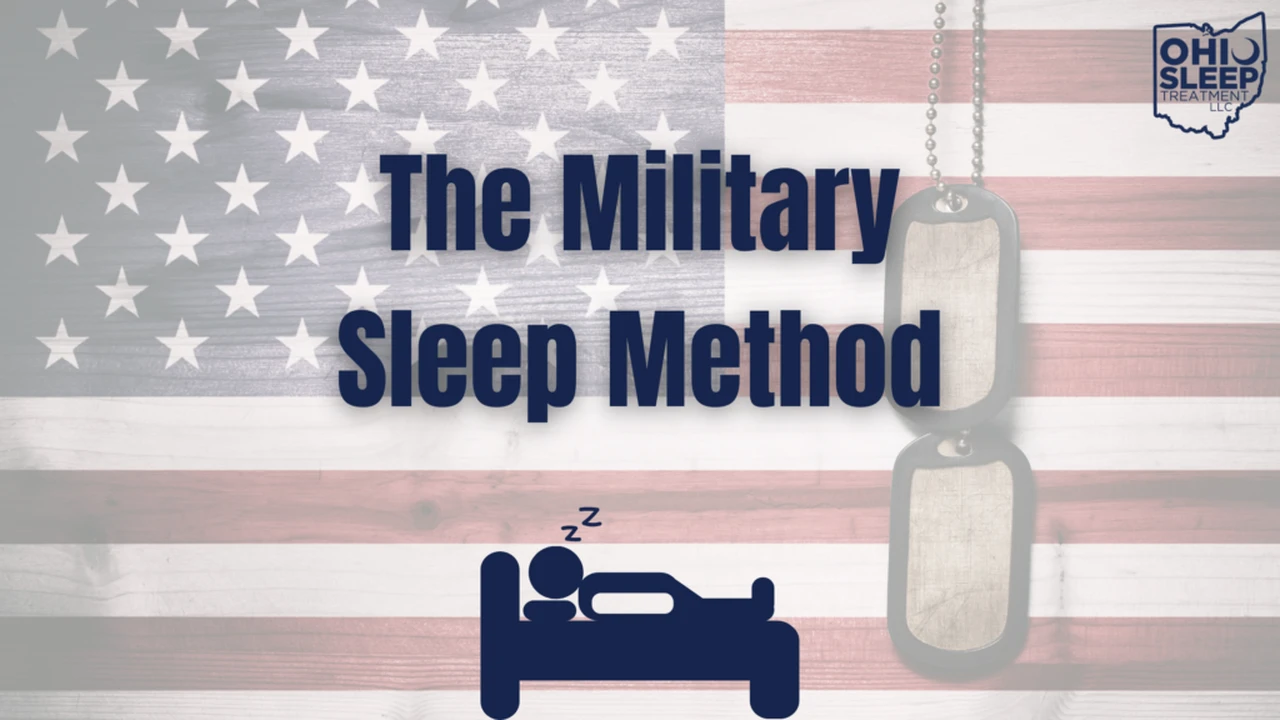Sleep Headphones: Listen to Relaxing Sounds and Music
Sample meta description.

Understanding the Science of Sleep and How Headphones Can Help
Hey there, fellow sleep enthusiasts! Ever wondered why some nights you drift off like a log, while others you're counting sheep until the sunrise? A lot of it comes down to creating the right environment for your brain to switch off. That's where sleep headphones come in. They're not just about blocking out noise; they're about curating a soundscape that lulls you into a peaceful slumber. But how does it actually work?
Think of your brain as a super-sensitive radio. It's constantly picking up signals – the neighbor's dog barking, the hum of your refrigerator, even your own racing thoughts. These signals can keep you in a state of alertness, making it difficult to fall asleep. Sleep headphones, especially when paired with calming sounds like white noise, nature sounds, or ambient music, can mask those disruptive signals and provide a more consistent, predictable auditory environment. This helps your brain relax and transition into sleep mode.
Furthermore, certain frequencies and sound patterns can actually promote relaxation. For example, binaural beats, which involve playing slightly different frequencies in each ear, are believed to stimulate brainwave activity associated with relaxation and sleep. So, it's not just about blocking noise; it's about actively creating a sleep-promoting environment.
The Benefits of Using Sleep Headphones for Improved Sleep Quality
Okay, so we know how sleep headphones can help, but what are the actual benefits? Let's break it down:
- Reduced Noise Disturbance: This is the most obvious benefit. Say goodbye to snoring partners, noisy neighbors, and street traffic.
- Improved Sleep Onset: By creating a calming auditory environment, sleep headphones can help you fall asleep faster.
- Enhanced Sleep Depth: Consistent soundscapes can help you stay asleep longer and experience deeper, more restorative sleep.
- Stress Reduction: Listening to relaxing sounds can lower your heart rate and blood pressure, promoting a sense of calm and relaxation.
- Masking Tinnitus: For individuals with tinnitus, sleep headphones can provide relief by masking the ringing or buzzing in their ears.
- Portable Relaxation: Traveling? Sleep headphones can help you create a familiar and calming sleep environment, no matter where you are.
Types of Sleep Headphones Available on the Market: A Comprehensive Guide
Now, let's dive into the different types of sleep headphones you can find. There's a surprisingly wide range, each with its own pros and cons:
- Traditional Over-Ear Headphones: These offer excellent sound quality and noise isolation, but can be bulky and uncomfortable to wear in bed.
- On-Ear Headphones: A slightly more compact option than over-ear headphones, but still may not be ideal for side sleepers.
- In-Ear Headphones (Earbuds): These are small and lightweight, making them a good option for comfort, but sound quality and noise isolation can vary.
- Sleep Headbands: These feature flat speakers embedded in a soft headband, providing a comfortable and secure fit for side sleepers.
- Sleep Masks with Built-In Headphones: Similar to sleep headbands, but with the added benefit of blocking out light.
- Bone Conduction Headphones: These transmit sound through the bones of your skull, leaving your ear canals open. This can be a good option if you don't like the feeling of having something in or over your ears.
Product Recommendations: Top Sleep Headphones for Various Needs and Budgets
Alright, let's get down to brass tacks. Here are some specific product recommendations, covering different types and price points:
The Cozy Classic: SleepPhones Classic
Description: SleepPhones Classic are a sleep headband featuring thin, flat speakers embedded in a soft, fleece headband. They're designed for comfort and are a popular choice for side sleepers.
Pros: Very comfortable, good for side sleepers, machine washable headband, wide range of sizes.
Cons: Sound quality is decent but not audiophile-grade, can get warm in hot climates.
Usage Scenarios: Ideal for home use, travel, and anyone who wants a comfortable and unobtrusive sleep headphone solution.
Price: Around $99.
The Tech-Savvy Sleeper: Bose Sleepbuds II
Description: Bose Sleepbuds II are tiny, truly wireless earbuds designed specifically for sleep. They come with a library of pre-loaded soothing sounds and noise-masking tracks.
Pros: Excellent noise masking, comfortable fit, pre-loaded sound library, sleep tracking features.
Cons: Expensive, limited to Bose's sound library, battery life is decent but not exceptional.
Usage Scenarios: Perfect for blocking out loud noises, creating a consistent sleep environment, and tracking sleep patterns.
Price: Around $249.
The Budget-Friendly Option: Perytong Sleep Headphones Headband
Description: Perytong Sleep Headphones Headband is a more affordable sleep headband option. It features Bluetooth connectivity and a comfortable, breathable fabric.
Pros: Affordable, comfortable, Bluetooth connectivity, good for side sleepers.
Cons: Sound quality is not as good as more expensive options, may not be as durable.
Usage Scenarios: A great budget-friendly option for home use, travel, and anyone who wants a comfortable sleep headphone solution without breaking the bank.
Price: Around $20-30.
The Noise-Canceling Champion: Anker Soundcore Life P3
Description: While not specifically designed for sleep, the Anker Soundcore Life P3 earbuds offer excellent noise cancellation at a reasonable price. Their comfortable fit also makes them viable for sleeping. Choose a small ear tip size for maximum comfort.
Pros: Excellent noise cancellation, multiple ear tip sizes for comfort, good sound quality, relatively affordable.
Cons: Not specifically designed for sleep, might not be comfortable for all-night wear, especially for side sleepers.
Usage Scenarios: Ideal for blocking out loud noises on airplanes, in noisy environments, or for anyone who needs serious noise cancellation.
Price: Around $79.
Comparison Table: Choosing the Right Sleep Headphones for You
To help you make an informed decision, here's a comparison table highlighting the key features of each product:
| Product | Type | Price | Comfort | Noise Isolation | Sound Quality | Key Features |
|---|---|---|---|---|---|---|
| SleepPhones Classic | Sleep Headband | $99 | Excellent | Good | Decent | Comfortable, machine washable |
| Bose Sleepbuds II | Wireless Earbuds | $249 | Good | Excellent | Good | Noise masking, pre-loaded sounds, sleep tracking |
| Perytong Sleep Headphones Headband | Sleep Headband | $20-30 | Good | Decent | Fair | Affordable, Bluetooth |
| Anker Soundcore Life P3 | Wireless Earbuds | $79 | Good (with right size tips) | Excellent | Excellent | Noise cancellation, good sound quality |
Usage Scenarios: When and Where to Use Sleep Headphones for Optimal Results
Sleep headphones aren't just for bedtime! Here are some other situations where they can come in handy:
- Traveling: Block out airplane noise, train sounds, or noisy hotel rooms.
- Studying: Create a quiet and focused environment for studying or working.
- Meditation: Enhance your meditation practice with calming sounds or guided meditations.
- Relaxation: Unwind after a long day with soothing music or nature sounds.
- Shift Work: Help regulate your sleep schedule and block out daytime noise.
- Living in a Noisy Environment: Minimize distractions and create a peaceful oasis in a busy city.
Tips and Tricks for Maximizing the Benefits of Sleep Headphones
Ready to get the most out of your sleep headphones? Here are a few tips and tricks:
- Choose the Right Type: Consider your sleeping position and personal preferences when selecting a type of sleep headphone.
- Adjust the Fit: Make sure your headphones fit comfortably and securely.
- Experiment with Sounds: Try different types of sounds to find what works best for you. White noise, pink noise, brown noise, nature sounds, ambient music, and binaural beats are all popular options.
- Set a Timer: If you don't want to listen to sounds all night, set a timer to turn off the headphones after a certain period.
- Maintain Hygiene: Clean your headphones regularly to prevent the buildup of dirt and bacteria.
- Consider a Sleep App: Many sleep apps offer a wide range of sounds and features that can complement your sleep headphones.
- Be Mindful of Volume: Keep the volume at a comfortable level to avoid damaging your hearing. A good rule of thumb is to keep the volume below 60% of the maximum.
The Future of Sleep Technology: What's Next for Sleep Headphones?
The world of sleep technology is constantly evolving, and sleep headphones are no exception. We can expect to see even more advanced features in the future, such as:
- AI-Powered Soundscapes: Headphones that can automatically adjust the soundscape based on your sleep stage and environmental noise levels.
- Brainwave Entrainment: Headphones that use brainwave entrainment technology to promote relaxation and sleep.
- Personalized Sound Profiles: Headphones that can create personalized sound profiles based on your individual hearing and preferences.
- Integration with Smart Home Devices: Headphones that can connect to your smart home devices and automatically adjust the temperature, lighting, and other environmental factors to create the perfect sleep environment.
:max_bytes(150000):strip_icc()/277019-baked-pork-chops-with-cream-of-mushroom-soup-DDMFS-beauty-4x3-BG-7505-5762b731cf30447d9cbbbbbf387beafa.jpg)





: Causes and Treatments.webp)
